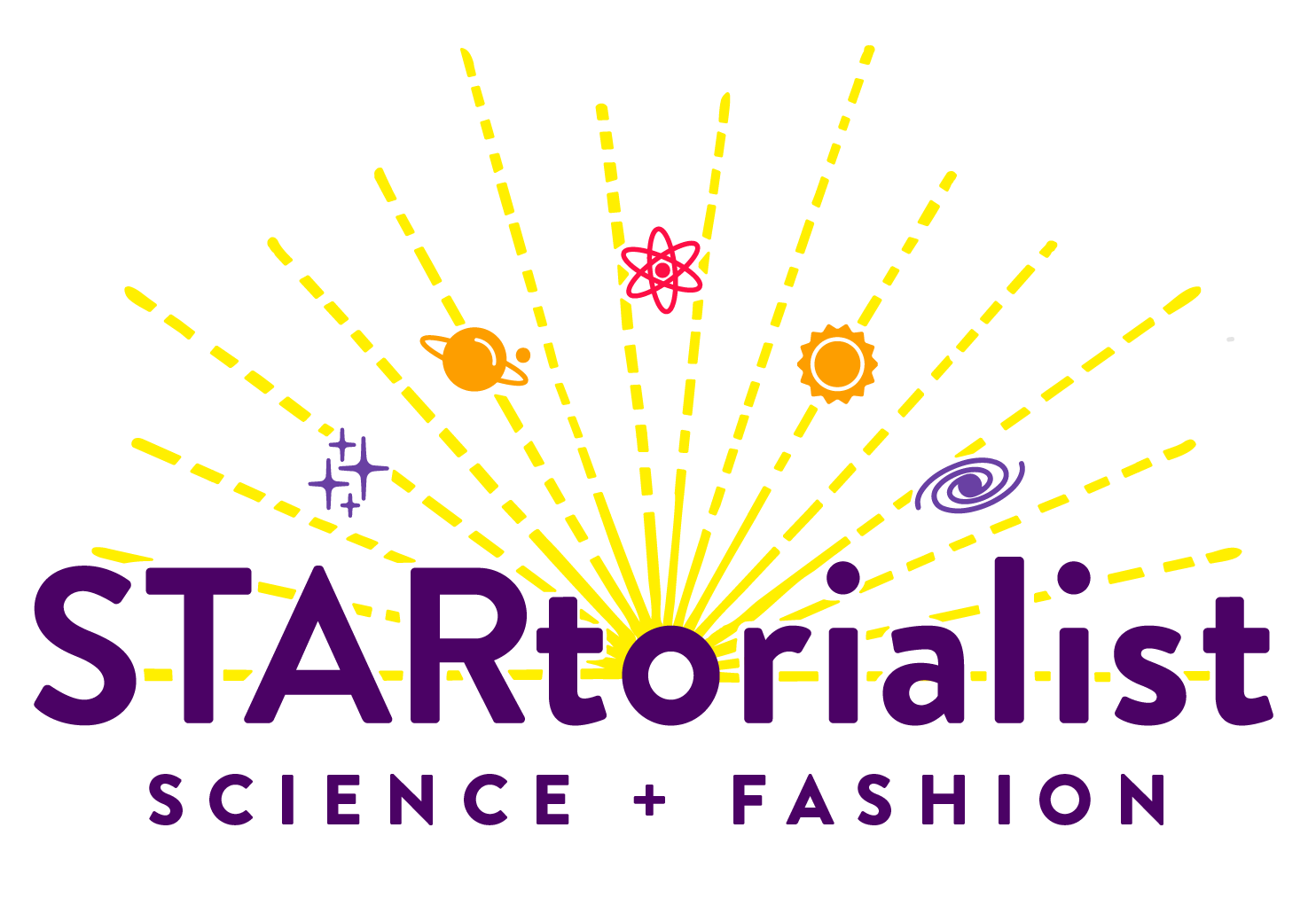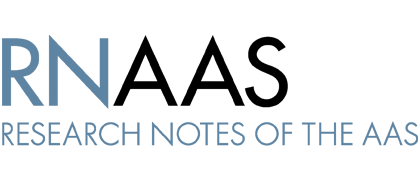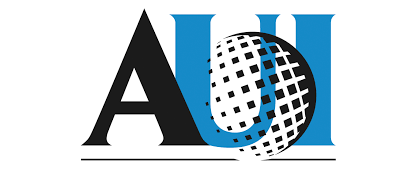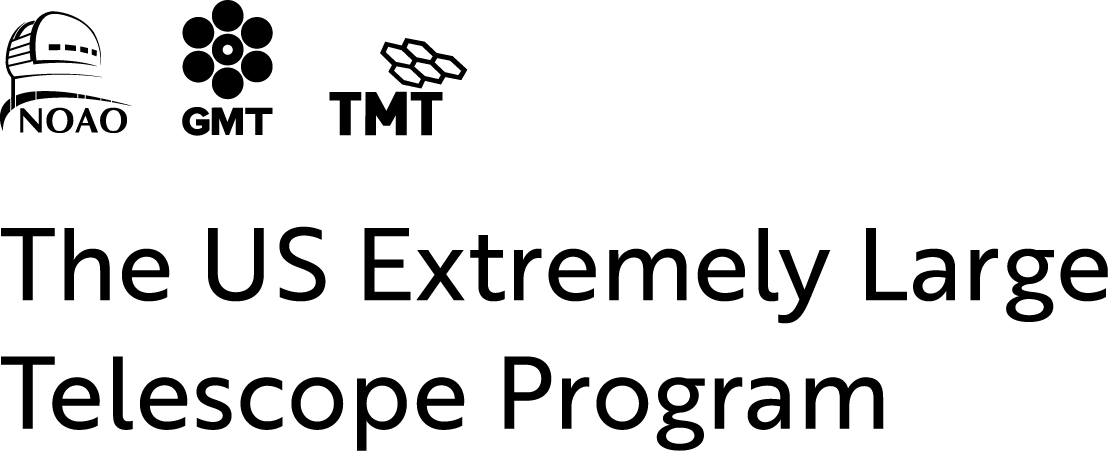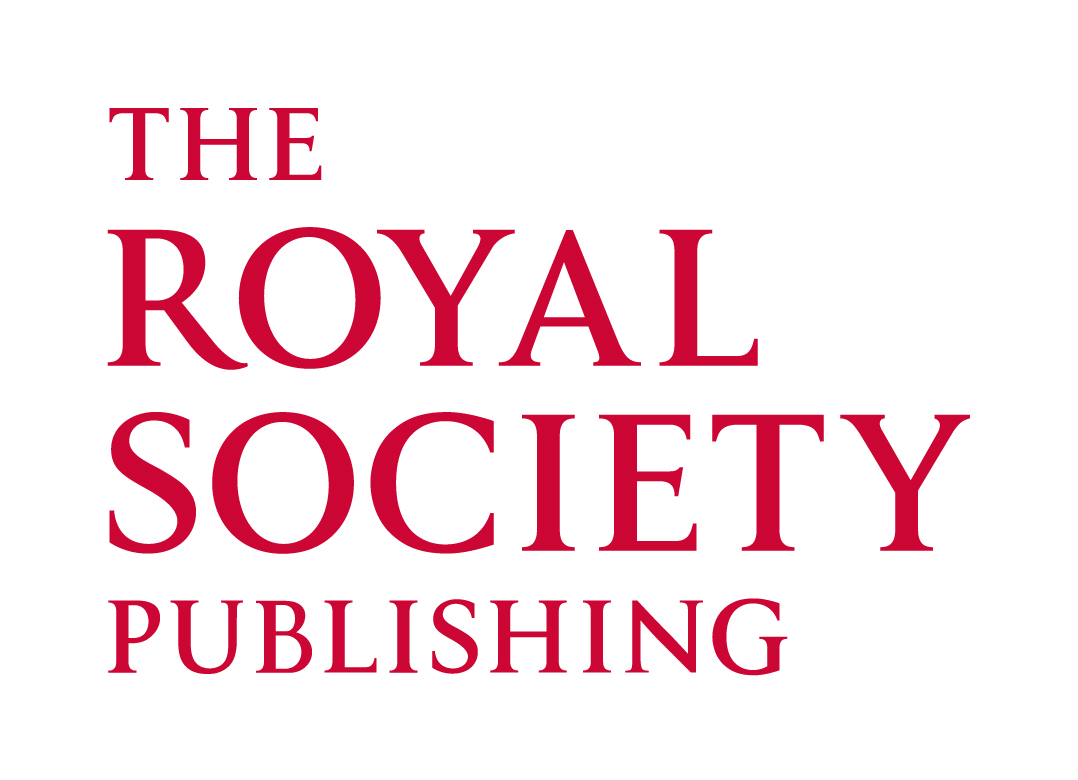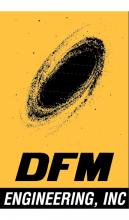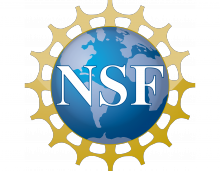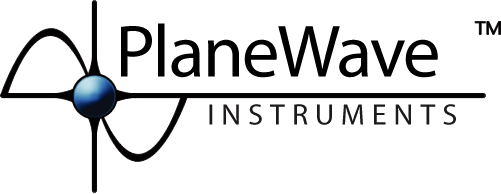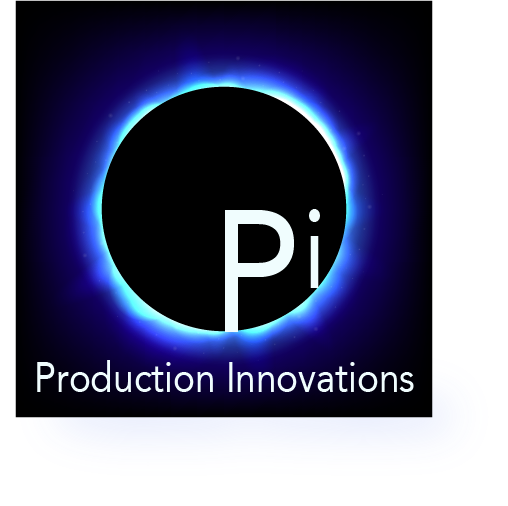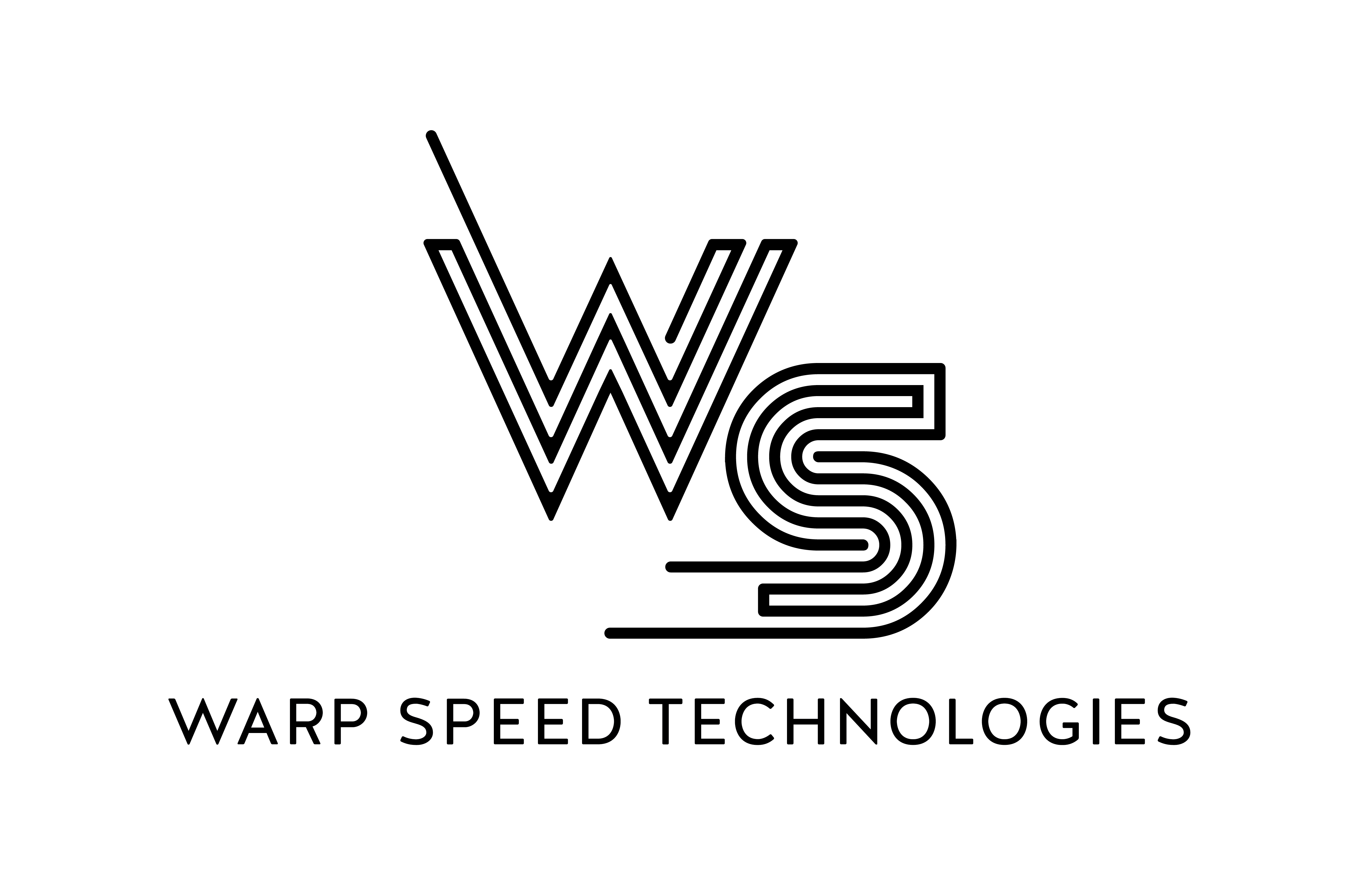235th meeting
Press


12 September 2019
Contact:
Dr. Rick Fienberg
AAS Press Officer
+1 202-328-2010 x116; cell: +1 857-891-5649
There's no National Football League franchise in Hawai‘i, so the Super Bowl isn't heading to the Aloha State anytime in the foreseeable future. But the "Paradise of the Pacific" is home to some of the world's largest optical telescopes, so it shouldn't come as a surprise that the Super Bowl of Astronomy — otherwise known as the winter meeting of the American Astronomical Society (AAS) — will soon touch down in Honolulu. From 4 to 8 January 2020, more than 2,000 astronomers, students, educators, and journalists will gather at the Hawai‘i Convention Center (1801 Kalakaua Ave., Honolulu, HI 96815) for the 235th AAS meeting, sure to be the astronomical sciences' biggest conference of the year. Social media hashtag: #aas235.
Special note: In contrast with the usual Sunday-Thursday AAS meeting schedule, AAS 235 begins on a Saturday and ends on a Wednesday (with a press tour on Thursday; see below).
Astronomy has a long tradition in Hawai‘i. Early Polynesian sailors relied on their deep knowledge of the night sky to navigate among the widely separated islands of the Pacific Ocean. The landmark Diamond Head volcano on O‘ahu, visible from Honolulu's famed Waikiki Beach, was the site of a 1910 expedition to photograph Halley's Comet. Grote Reber did some of his pioneering work in radio astronomy on Maui. That island's highest peak, Haleakalā, now hosts several important observatories, including the 4-meter Daniel K. Inouye Solar Telescope (DKIST), which is nearing first light. And towering Maunakea, on the Big Island, is home to most of the Northern Hemisphere's 8- to 10-meter telescopes but is currently mired in controversy over plans to build the next-generation Thirty Meter Telescope there.
The AAS offers complimentary press registration to bona fide working journalists and public-information officers (PIOs), as explained below. A highlight of AAS 235 for press registrants will be a tour to the summit of Haleakalā on Maui to see DKIST and other telescopes. This will occur on Thursday, 9 January; see details below and plan your travel accordingly.
Meeting links:
- Main meeting website
- Travel & lodging information (deadline for hotel reservations at the AAS group rate: 12 December 2019)
- Press information
Gathering with the AAS this winter, as usual, are its Historical Astronomy Division (HAD) and High Energy Astrophysics Division (HEAD). The HAD meeting gets under way on Saturday afternoon, 4 January, starting with an assortment of short oral presentations and continuing with the first of two HAD Special Sessions about 100th anniversaries. "Centennial of Eddington's Solar Eclipse Tests of Einstein's General Relativity" recalls the May 1919 total solar eclipse that made Einstein a household name when his prediction that the Sun's gravity would bend starlight was confirmed. Astro-historian Robert W. Smith (University of Alberta), recipient of HAD's 2020 LeRoy E. Doggett Prize for his scholarship and writing on the history of NASA's space telescopes, will give his prize lecture, "From the Invention of Astrophysics to the Space Age: The Transformation of Astronomy 1860-1990," on Sunday afternoon. HAD's other centennial Special Session, "IAU-100: Celebrating 100 Years of International Astronomy," about the International Astronomical Union, convenes on Monday afternoon.
HEAD hosts two Special Sessions on Monday, 6 January, with "Are Disks Just Disks? The Commonalities of Protoplanetary and Black Hole Accretion" in the morning and "Black Holes in the Mass Gaps" that afternoon. Later the same day, Brian Metzger (Columbia University) and Daniel Kasen (University of California, Berkeley) will present the HEAD Bruno Rossi Prize lecture about their work predicting the electromagnetic signatures from radioactive nuclei produced in neutron star mergers.
Prize Lectures & Invited Talks
AAS 235 offers more than a dozen additional prize and invited talks by distinguished astronomers. Like all winter AAS meetings, this one is bookended by two special presentations. The opening plenary talk, on Sunday morning, 5 January, is the Kavli Foundation Plenary Lecture. Suvi Gezari (University of Maryland) will present "Black Holes Snacking on Stars: A Systematic Exploration of Transients in Galaxy Nuclei" based on her studies of tidal disruption events. The closing plenary talk, on Wednesday afternoon, 8 January, is the Lancelot M. Berkeley - New York Community Trust Prize lecture, to be given by Sheperd S. Doeleman (Center for Astrophysics | Harvard & Smithsonian), director of the Event Horizon Telescope (EHT), which recently dazzled science enthusiasts worldwide with its image of the black hole at the center of galaxy M87 and whose 347 team members just won the $3 million Breakthrough Prize in Fundamental Physics.
Ann M. Boesgaard (University of Hawai‘i) will present the Henry Norris Russell Lecture about her work using light-element abundances to test Big Bang nucleosynthesis and to probe stellar structure and stellar evolution. Via an exchange with the Royal Astronomical Society (RAS), the AAS Russell lecturer also gives a talk at an RAS meeting, and in return the recipient of the RAS Gold Medal in Astronomy speaks at one of our meetings. In Honolulu we'll hear from Robert C. Kennicutt (University of Arizona and Texas A&M University), who received the 2019 Gold Medal for his contributions to understanding star formation in galaxies and to determining the value of the Hubble constant.
The Dannie Heineman Prize for outstanding mid-career work in the field of astrophysics is given jointly by the AAS and the American Institute of Physics. Giving his prize lecture in January is the latest recipient, Edwin (Ted) Bergin (University of Michigan), who was honored for his work in astrochemistry — especially his innovative contributions to our understanding of the physics and chemistry of star and planet formation — and for his tireless efforts to improve diversity and inclusion in astronomy. Rounding out the prize lectures at AAS 235 are Daniel R. Weisz (University of California, Berkeley), recipient of the Newton Lacy Pierce Prize for his research on the star-formation histories of dwarf galaxies in the Local Group, and Jo Bovy (University of Toronto), whose contributions to our understanding of the structure and dynamics of the Milky Way and his work on forward modeling of large scientific data sets netted him the Helen B. Warner Prize (and, soon thereafter, the Vera Rubin Early Career Prize from the AAS Division on Dynamical Astronomy).
In addition we'll hear invited talks by Kālepa Baybayan and Kala Baybayan Tanaka (Polynesian Voyaging Society) on Hawai‘ian celestial navigation, Timothy Heckman (Johns Hopkins University) on galaxy evolution, Andrea Dupree (Center for Astrophysics | Harvard & Smithsonian) on stellar chemistry, Jennifer van Saders (University of Hawai‘i) on stellar structure and variability, Jason Hessels (ASTRON & University of Amsterdam) on fast radio bursts, Peter Eisenhardt (Jet Propulsion Lab) and James De Buizer (SOFIA Science Center) on the future of infrared astronomy, and Hawai‘ian language advocate Amy Kalili ('Ōiwi TV) on the stewardship of Maunakea from the perspective of both the Hawai‘ian and the astronomical communities.
Special Sessions & Town Halls
There will also be a wide variety of contributed oral and poster presentations, many of them showcased in no fewer than 36 Special Sessions, including the HAD and HEAD ones already mentioned as well as "Astrobiology and the Search for Intelligent Life in the 2020s," "Breakthrough Science with the Atacama Large Millimeter/Submillimeter Array," "Gravitational-Wave Astronomy: The LIGO-Virgo Third Observing Run and Plans for the Future," "NASA's Parker Solar Probe: First Encounters with the Sun," "New Horizons Results at 2014 MU69," "Survival Skills for Astronomers: Posters, Presentations, and Proposals," and "Transient Science with TESS." Truly something for everyone!
In addition, the Honolulu program features a baker's dozen of lunchtime and evening Town Hall meetings on astronomy and public policy featuring representatives from NASA, the National Science Foundation (NSF), the National Center for Optical-Infrared Astronomy, the National Radio Astronomy Observatory, the Space Telescope Science Institute, and the National Academy of Sciences' Astro2020 decadal survey committee. There will be facility- and mission-focused Town Halls too, for example, on the James Webb Space Telescope, the Stratospheric Observatory for Infrared Astronomy, and DKIST. The American Association of Variable Star Observers (AAVSO) will hold a Town Hall entitled "Optimum Science from Connecting Professionals with Citizen Volunteers," which is especially timely in light of the AAS's recent acquisition of Sky & Telescope, and NASA and NSF will convene a joint Town Hall on multi-messenger astrophysics.
Public Events: RAS @ 200, Star Party & "Physics of Pō"
The Royal Astronomical Society (RAS) in the United Kingdom encourages and promotes the study of astronomy, solar-system science, geophysics, and closely related branches of science. Founded in 1820, the RAS is kicking off its bicentennial celebration with an event to be held during our meeting at the Bishop Museum planetarium, about a 20-minute drive from the convention center. On Saturday evening, 4 January, meeting attendees and the general public are invited to a special planetarium show entitled The Planets 360, a re-imagining of British composer Gustav Holst's The Planets suite. It uses the Fulldome format to create a sonically driven immersive experience fusing art, music, and science into a 360° spectacle. Admission to the show is $10.
On Sunday evening, 5 January, join University of Hawai‘i astronomer Roy Gal and friends at Ala Moana Park, a short walk from the convention center, for a free star party featuring telescopic views of celestial highlights of the Hawai‘ian winter sky.
The following evening, Monday, 6 January, the AAS will welcome the public to join meeting attendees at the convention center for a free joint presentation by Larry Kimura (University of Hawai‘i) and Doug Simons (Canada-France-Hawai‘i Telescope). Entitled "Physics of Pō," it explores the intersection of astronomy and Hawai‘ian culture by examining the first 11 lines of the 2,102-line Kumulipo, a thousand-year-old Hawai‘ian creation chant whose name means "beginning in deep darkness." Kimura, an associate professor of the Hawai‘ian language, and Simons, director of one of the observatories atop Maunakea, discuss parallels between the text of the chant and our scientific understanding of the creation and evolution of the universe. The first time they gave the presentation, in July 2019 at the 'Imiloa Astronomy Center in Hilo, they spoke to a sold-out, standing-room-only crowd that paid rapt attention and asked a wide variety of thoughtful questions.
Complimentary Press Registration
The AAS offers complimentary press registration to bona fide working journalists and PIOs, as described on our press-credentials page.
To request complimentary press registration, send an email message to AAS Press Officer Dr. Rick Fienberg with your name and media affiliation (or “freelance” if applicable). Upon confirming your eligibility, he’ll send you the URL of an online registration form and the required press-registration code. Although press registration will be available on-site at the meeting, we strongly advise you register in advance to avoid long lines at the registration booth. Please send your email request to Rick Fienberg as soon as you know you’re coming to the meeting.
Press Facilities
The AAS will operate a press office in Room 328 on Level 3 of the Hawai‘i Convention Center, with working space, printer/photocopier, power strips, and internet connectivity for reporters and PIOs. Thanks to the Universities Space Research Association (USRA) for generously sponsoring the press office with refreshments for on-site press registrants!
We expect to hold press conferences each morning and afternoon, Sunday, 5 January, through Wednesday, 8 January, diagonally across the hall from the press office in Room 325AB, which will be equipped with a sound system, mult-box, and internet connectivity. Briefing audio, slides, and video will be available live via webcast to accredited journalists unable to attend in person; online participants will be able to ask questions of the presenters via text chat with an on-site press officer. Details will appear in a subsequent media advisory.
Due to a shortage of available space, we will not have a dedicated press interview room. Except during press conferences, the briefing room (325AB) will be available for use by press registrants; use our online signup sheet to reserve this room for use at specific dates and times.
Press Tour to Haleakalā
Haleakalā ("House of the Sun") is the larger of the two dormant shield volcanos that make up the island of Maui. Its 10,000-foot summit hosts numerous observatories, including some for nighttime astronomy, some for daytime (solar) astronomy, and some for Air Force satellite reconnaissance. Press registrants are invited to sign up in advance for a press tour on Thursday, 9 January, to see three of the most important astronomical telescopes atop Haleakalā: the 4-meter-aperture Daniel K. Inouye Solar Telescope (DKIST), which is nearing completion and will be the world's largest solar telescope when it goes into operation next year; the 1.8-meter Panoramic Survey Telescope and Rapid Response System (Pan-STARRS), which discovered the remarkable interstellar asteroid 'Oumuamua; and the 2-meter Faulkes Telescope North, one node in the world-spanning Las Cumbres Observatory network, on which the stars never set.
There are multiple daily round-trip inter-island flights between Honolulu (HNL) and Maui (OGG) at a cost of less than $200 per person. Please plan to arrive at OGG no later than 9:00 am on Thursday, 9 January, and to depart from OGG no earlier than 5:00 pm that afternoon. (You may wish to fly to Maui on Wednesday evening, 8 January, and stay overnight in a hotel near the airport.) Round-trip transportation between OGG and Haleakalā will be provided by the observatories on Thursday. You should be able to return to Honolulu in time to catch an overnight flight back to the mainland; alternatively, you may be able to fly home directly from OGG via a multicity flight itinerary.
Space is limited to 10 participants — first come, first served. Sign up using our online form, which is separate from the press-registration form. We'll take signups till we reach capacity; after that, we'll maintain a waiting list in case more space becomes available or anyone withdraws from the tour.
Sign Up for the Press Tour to Haleakalā
Thanks to Claire Raftery (National Solar Observatory), Michael Maberry (Institute for Astronomy, University of Hawai‘i), and Mark Elphick (Las Cumbres Observatory) for their help in arranging this tour!
A Note on Visas for Travel to the United States
Visa requirements for international travelers to the USA have become more stringent; see, for example, the following web pages:
- https://travel.state.gov/content/travel/en/us-visas/tourism-visit/visito...
- https://travel.state.gov/content/travel/en/us-visas/tourism-visit/visa-w...
- https://travel.state.gov/content/travel/en/us-visas/employment/visas-mem...
Depending on your country of citizenship and how you characterize your trip to St. Louis, you may not need a visa. If you do need one, it could be either a B-1 or B-2 (business) visa or an I (journalism) visa. You are responsible for figuring out whether you need a visa and, if so, which one. If you need a letter for a visa application certifying that you are registered for the meeting, please request your complimentary press registration as soon as possible; only after you complete it can AAS Press Officer Rick Fienberg send you such a letter.
AAS Press-Release-Distribution Service
If you don't already receive astronomy-related press releases forwarded by email from the AAS Press Office, you should sign up now to guarantee that you receive future meeting advisories as well as electronic copies of all press releases issued during the meeting. To sign up for the AAS press-release-distribution service, for which there is no charge, please fill out and submit the form you'll find linked from our Join the AAS Press List page. With few exceptions, only accredited journalists and PIOs are eligible to receive press releases forwarded by the AAS, as described on our press-credentials page.



